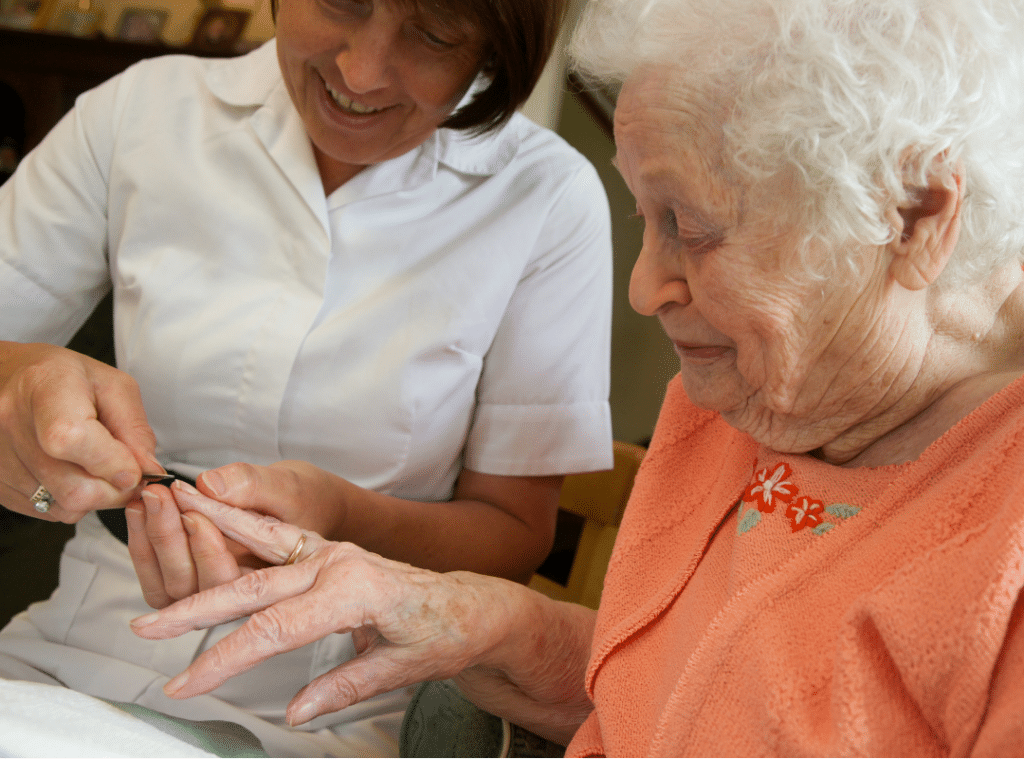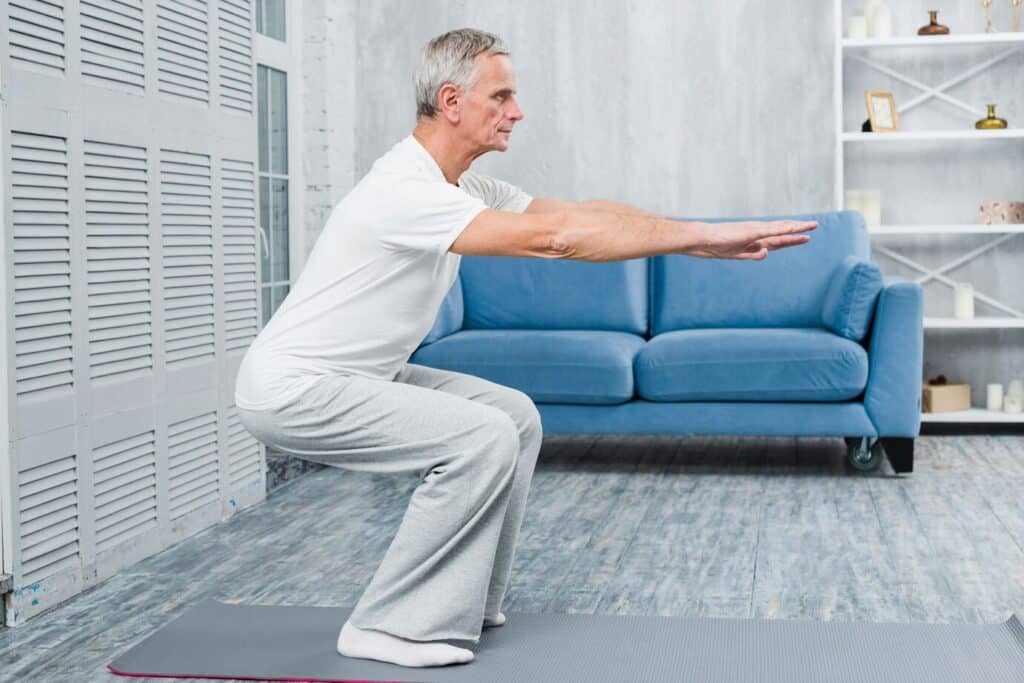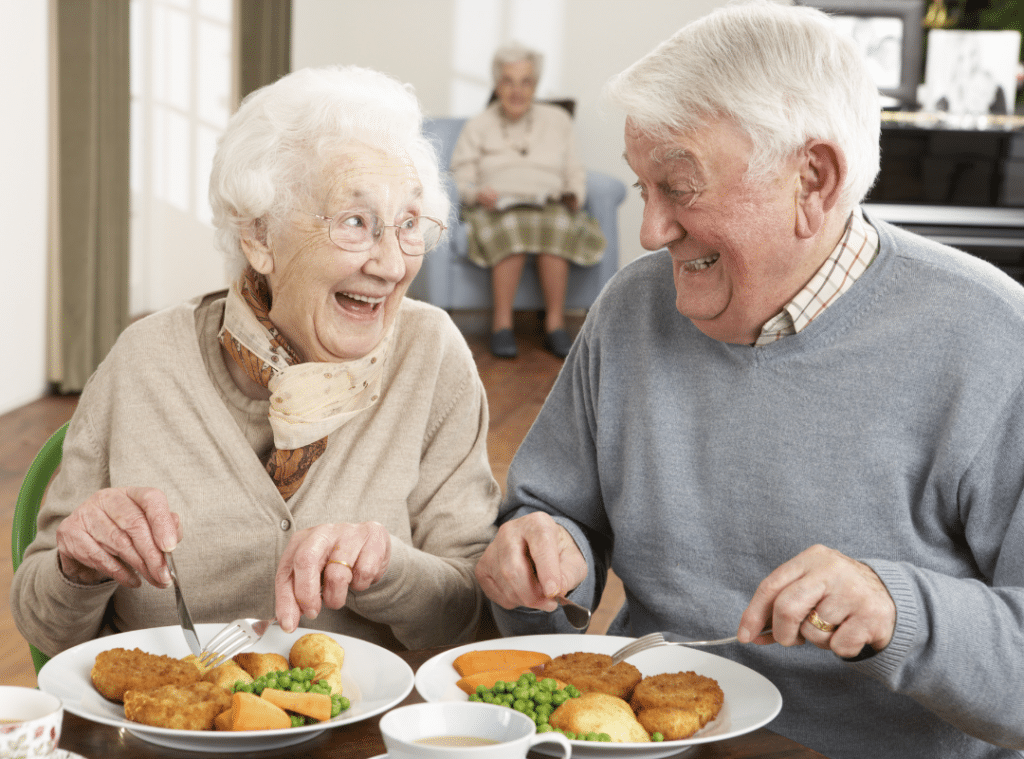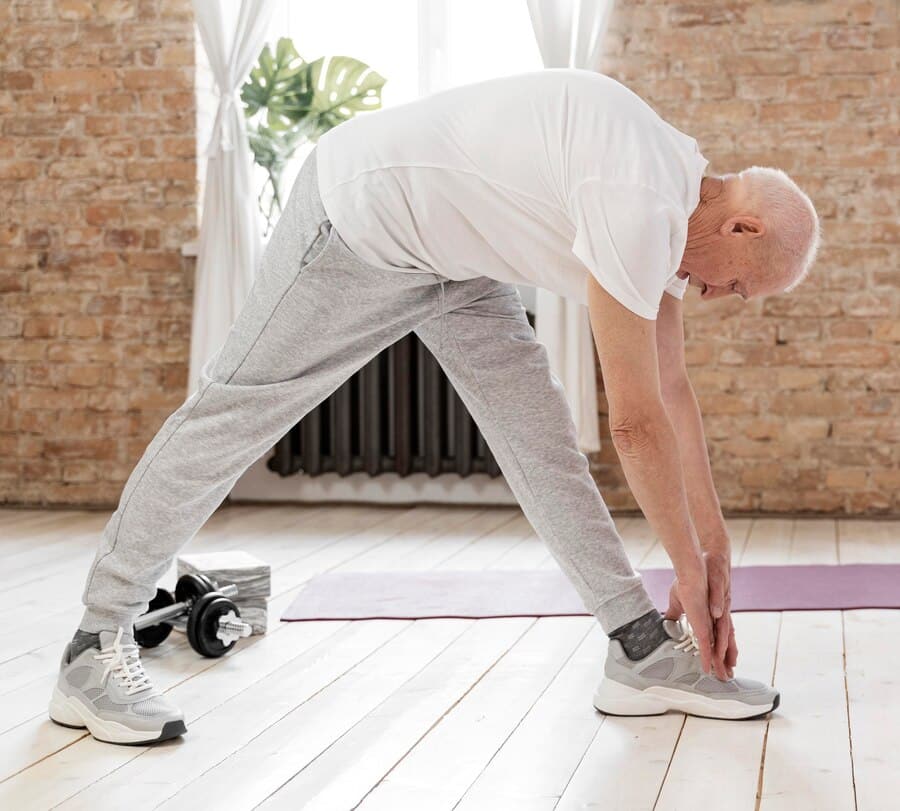Maintaining healthy and clean nails is essential, especially as we age. It’s not just about aesthetics; it’s a fundamental aspect of hygiene and overall well-being. At Westmont of Santa Barbara, we emphasize the importance of regular handwashing, proper trimming, and moisturizing, as these practices can make a significant difference in nail health. But there’s more to it than just basic care. Understanding the specific needs of elderly nails can help prevent issues that may arise. Curious about the best practices and natural methods to keep nails in top shape? Let’s explore some important tips that can enhance your approach to elderly nail care with the support of Westmont of Santa Barbara.
Elderly nail care
Caring for your nails as you age is vital for maintaining health and appearance. Your nails may change as you age, becoming more brittle or developing vertical ridges. These changes are usually harmless, but it’s important to keep an eye on any alterations in color or shape. Regularly examining your nails helps you spot potential issues early.
To maintain nail health, wash your hands and keep your nails dry to prevent infections. When trimming, use sharp tools and avoid pulling hangnails; gently clip them instead.
Moisturizing your nails and cuticles with a quality hand lotion can help combat dryness and brittleness. Consider using a nail hardener for added strength, especially if your nails are weak.
It’s also wise to consult a healthcare professional if you see any persistent changes in your nails.
5 importance of nail care
Maintaining healthy nails is essential not just for your appearance but also for your overall health. When you care for your nails, you’re not just enhancing their look; you’re also protecting yourself from potential infections and other health issues. For elderly individuals, nails can become weaker and more prone to problems, making regular care even more critical.
Good nail hygiene helps prevent the buildup of germs and fungi that thrive in moist environments. Keeping your nails clean and dry minimizes the risk of infections that can lead to serious complications.
Also, healthy nails can boost your confidence, making engaging socially easier and maintaining independence. Taking the time to care for your nails can also serve as a wonderful opportunity to connect with loved ones.
Whether it’s a family member helping you trim your nails or a friend sharing nail care tips, these moments can strengthen your bonds. Remember, you’re not just caring for your nails; you’re investing in your well-being and creating meaningful experiences with those around you.
Prioritizing nail care is a simple yet impactful way to enhance your quality of life.
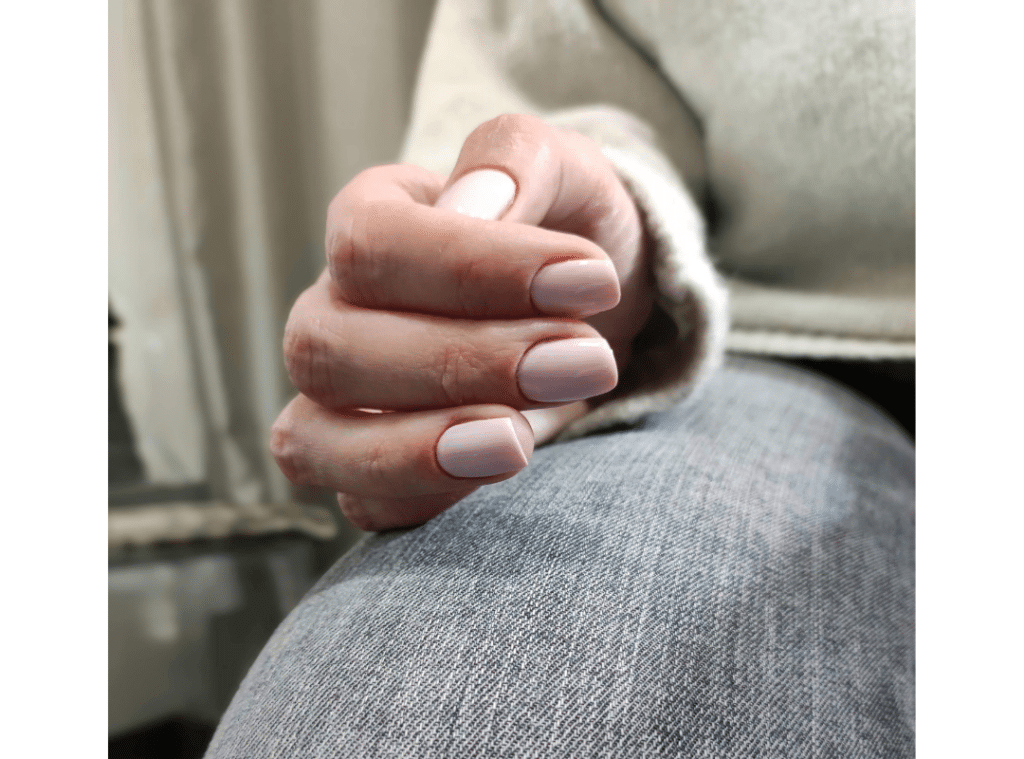
How to take care of nails naturally
Taking care of your nails naturally can be both simple and rewarding. Start by keeping your nails clean and dry. Regularly wash your hands and gently scrub under your nails to remove dirt. This helps prevent germs from thriving.
Next, trim your nails regularly using sharp, sanitized tools to maintain their shape and avoid snagging.
Moisturizing is essential! Apply a nourishing hand lotion to your nails and cuticles daily. This keeps them hydrated and prevents brittleness. Consider using a natural nail hardener from ingredients like beeswax or olive oil for added strength.
Incorporating biotin-rich foods, such as eggs, nuts, and leafy greens, can also support nail health. Remember to stay hydrated, as water is vital in maintaining nail moisture.
Finally, avoid biting your nails or picking at your cuticles, leading to damage and infection. If you notice any persistent issues, don’t hesitate to consult a healthcare professional.
In summary, prioritizing nail care for the elderly is crucial for their health and confidence. Did you know that nearly 50% of older adults experience nail problems that can lead to infections? By washing hands regularly, trimming nails safely, and moisturizing daily, you can help prevent these issues. Encourage healthy eating habits too, as biotin-rich foods can greatly strengthen nails. With a little attention, you can make a big difference in their well-being and happiness. For more information on elderly care, contact Westmont of Santa Barbara at 805-845-4921.
How Do The Costs Of Moving Into A Quality Senior Care Community Compare With The Costs Of Staying At Home?Compare The Costs of Senior Living vs Staying at Home
FAQs on Nail Care for the Elderly
Who can cut fingernails for the elderly?
Family members, caregivers, and licensed professionals such as podiatrists or home health aides can cut fingernails for the elderly. If the senior has thick or problematic nails, it is best to consult a podiatrist to avoid injury or infection.
What do fingernails look like with heart failure?
Fingernails in people with heart failure may appear pale, bluish, or have ridges due to poor circulation and oxygen levels. Nails can also become brittle or grow more slowly as the condition progresses.
How do you get rid of buildup under your nails?
Gently clean under the nails using a soft brush, warm water, and soap. Regular trimming and soaking your hands or feet can help loosen debris and prevent buildup.
How to cut elderly overgrown toenails?
Soak the feet in warm water to soften the nails before cutting. Use long-handled toenail clippers and trim straight across to avoid ingrown toenails. For thick or difficult nails, seek assistance from a podiatrist.



